huntin' lunatic
Active member
What load would do the job on an elk up to 300-400 yards? Thoughts, recommendations would be appreciated. Merry Christmas
Follow along with the video below to see how to install our site as a web app on your home screen.
Note: This feature may not be available in some browsers.
My wife can make about quarter sized groups at 200 yards with 150 grain Federal Fusions out of her .308 Ruger American off a bench with a good rest and she's a fairly new shooter. At 100 yards she can touch shot holes together.
165 grain Accubond. mtmuley
Don't mean to hi-jack this thread, but, Hooper, do you know why your gun doesn't like the heavier bullets? and what do you mean by heavier? As in anything over 165?
The reason I ask is because I have had the same issue with my Rem. Model Seven .260 . I am told that the rate of twist is not fast enough to stabilize the heavier bullets well. It loves the 129 Interlock, but the 140 Partition has been less consistent. The 130 Barnes all copper (longer bullet to get the weight) absolutely sucked!
Maybe some of this info will help the OP not have to try a bunch of heavy bullets if they don't shoot well from this model gun?
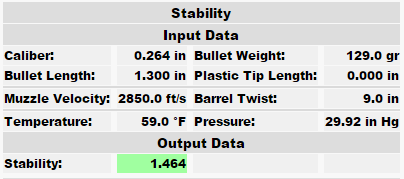
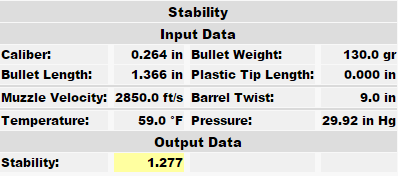
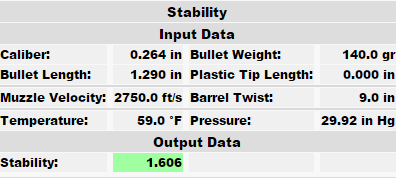
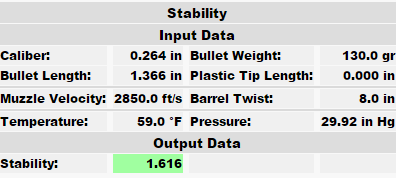
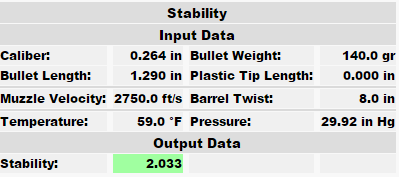
I like a 150 grain copper bullet. Will shoot flat to. Of course make sure it groups well in your rifle.
I agree with this.
With copper bullets like the Barnes it's good to have much speed as possible. So in the 308 don't go any heavier than 150 grain.
I am sorry, but I don't see any ethical hunter shooting elk over 300yards with a 308 no matter what he or she uses for bullet.
A .270 has a lot better penetration potential due to bullet shape, velocity etc. I have never shot an elk with a .308, but my kids have. It worked well for relatively close shots. I use a 7 mag with 160 Partitions for elk and it does very well.
I have a 3/4 inch steel plate on my 300-yard range. I saw how much impact difference there was when I shot the 160 at the steel. I compared it to the .308 shooting 165 and 150 Hornady Interlocks. The results were pretty stunning. The 160 penetrated nearly 2/3 of the way through the steel at 300 yards and had tremendous splash. The .308 projectiles just made OK dings in the plate comparatively.